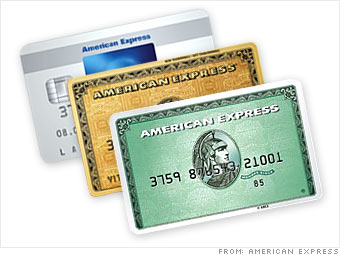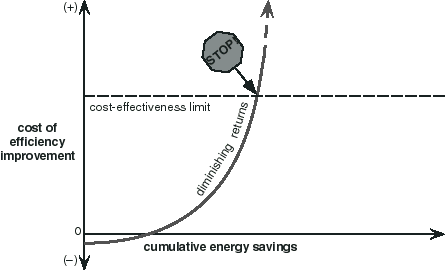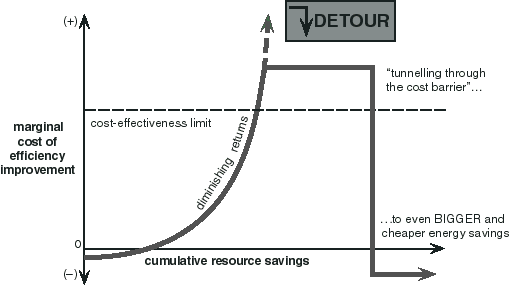Today I had an interesting online experience while checking out a slideshow service for work. On the signup form was a dropdown box with an unusual “quick pick”.

I’m used to seeing a US-centric world with the US as the top entry, even though, alphabetically, it should be near the bottom. But “India” as #2? I had never seen that before!
I haven’t researched the reason for this. Maybe the founders or employees are Indian. Maybe Indians have more need for this type of service because outsourcing jobs require a slideshow presentation service. In any case, it was
one of those little signs to watch, like the end of cash advances.
Of course in a perfect world, the server would determine the visitor’s likely country of origin and put that at the
top of the list. In the meantime, I’ll continue watch the “top of the dropdown”.





